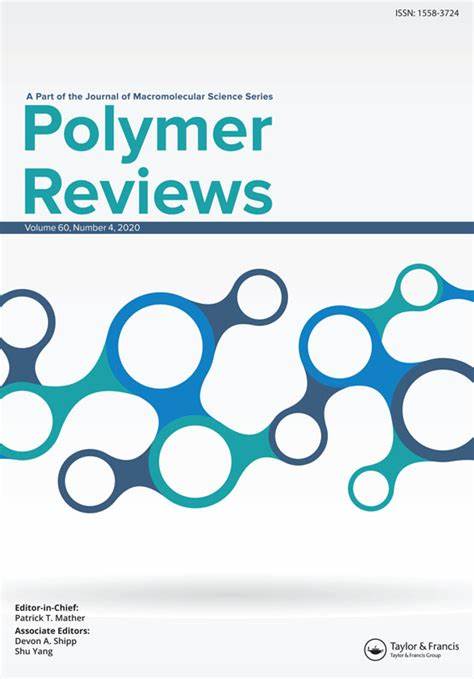聚合物复合材料的x射线和γ射线屏蔽效率:填料的选择,载荷和填料尺寸的影响,光子能量和多功能性
IF 11.9
2区 化学
Q1 POLYMER SCIENCE
引用次数: 15
摘要
x射线和γ射线的使用在放射学、介入心脏病学和诊断成像、辐射物理实验室、核反应堆和加速器设施等医疗部门已成为不可避免的。由于超过允许水平的辐射暴露对在这些设施附近工作的人员构成潜在危险,因此必须采取旨在减少暴露以防止电离辐射的有害影响的保护措施。传统上,由于铅的高原子序数和高密度,铅及其基材料被用作高效的辐射屏蔽材料。目前,由于铅的重量大、毒性和对环境的长期影响,不鼓励使用铅。因此,近二十年来,采用合适的添加剂制备具有良好的可加工性、高比强度、热化学稳定性和辐射屏蔽效果的轻质、高性价比聚合物复合材料的研究得到了发展。本文综述了不同填料增强聚合物复合材料作为有效辐射屏蔽材料的研究进展。在这里,我们总结了基于聚合物复合材料的辐射屏蔽的最新进展和当前趋势,重点介绍了采用的不同方法、聚合物/填料的选择、线性和/或质量衰减系数的屏蔽效果,供那些冒险从事辐射研究和开发的人使用。本文章由计算机程序翻译,如有差异,请以英文原文为准。
X-Ray and γ-Ray Shielding Efficiency of Polymer Composites: Choice of Fillers, Effect of Loading and Filler Size, Photon Energy and Multifunctionality
Abstract Use of X-rays and γ-rays have become inevitable in medical sectors like radiology, interventional cardiology and diagnostic imaging, radiation physics laboratories, nuclear reactors and accelerator facilities. As radiation exposures above permitted levels pose potential risk to personnel working in close proximity to these facilities, protective measures aimed at reducing the exposure for safeguarding against harmful effects of ionizing radiations are essential. Traditionally, lead and lead based materials have been used as efficient radiation shielding materials owing to the high atomic number and high density of lead. Presently, use of lead is discouraged due to its heavy weight, toxicity and long-term effects on the environment. Consequently, the last two decades have seen research on light weight and cost-effective polymer composites with appropriate additives, having good workability, high specific strength, thermo-chemical stability and radiation shielding efficacy, gaining momentum. This article gives an overview of the state-of-the-art polymer composites reinforced with different fillers studied for their use as effective radiation shields. Here, we summarize the recent advancement and current trends in polymer composites-based radiation shields highlighting the different approaches adopted, choice of polymer/fillers, shielding effectiveness in terms of either linear and/or mass attenuation coefficients, for those who venture into radiation research and development.
求助全文
通过发布文献求助,成功后即可免费获取论文全文。
去求助
来源期刊

Polymer Reviews
工程技术-高分子科学
CiteScore
24.80
自引率
0.80%
发文量
21
审稿时长
6 months
期刊介绍:
Polymer Reviews is a reputable publication that focuses on timely issues within the field of macromolecular science and engineering. The journal features high-quality reviews that have been specifically curated by experts in the field. Topics of particular importance include biomedical applications, organic electronics and photonics, nanostructures, micro- and nano-fabrication, biological molecules (such as DNA, proteins, and carbohydrates), polymers for renewable energy and environmental applications, and interdisciplinary intersections involving polymers.
The articles in Polymer Reviews fall into two main categories. Some articles offer comprehensive and expansive overviews of a particular subject, while others zero in on the author's own research and situate it within the broader scientific landscape. In both types of articles, the aim is to provide readers with valuable insights and advancements in the field of macromolecular science and engineering.
 求助内容:
求助内容: 应助结果提醒方式:
应助结果提醒方式:


